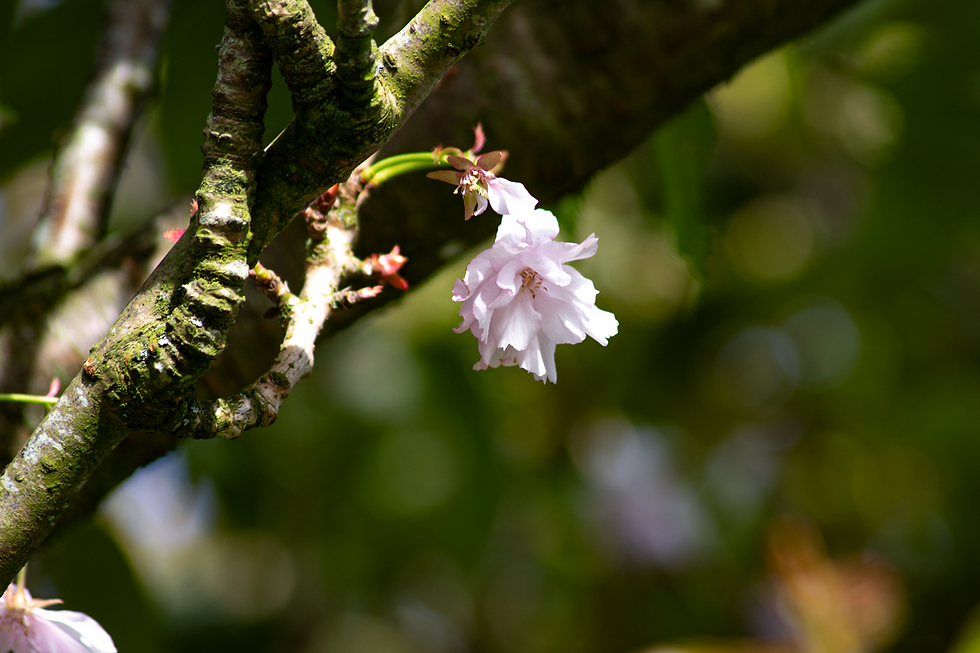top of page

Church Grounds and Town Square
Church Grounds & Town Square
Church Grounds
The grounds of faith communities are often quite large and usually have some form of green space or landscaped area that is home to many species both native and introduced. Many of the trees on the church grounds here are cherries, Prunus species, which are members of the same family as the famous Japanese blossoms. Cherry trees have multiple wildlife benefits as their fruits provide an important source of food for blackbirds and other thrushes, while the flowers are, you guessed it, an excellent source of pollen and nectar for some insects.
Flower Beds
Decorative flower beds can provide another opportunity to bring a bit of nature into urban spaces. This bed is currently populated with lavenders, roses and a few bulb species, such as the striking purple Spanish Iris pictured here, which blooms between January and July. Planting ornamentals around gardens and in public spaces is a great way to create pockets of colour and sometimes ecosystems services too! Blooms like snowdrops, comfrey and lavender all have flowers that are appealing to us and nourishing to pollinators.


Bog Oak
The almost burnt-black bog oak that you can see around this village square is a reminder that this part of the country has some of the most unique bogland in Western Europe. Bogs are formed when layers of wet moss grow on top of each other, compacting over time to form peat. When anything, be it plant, animal or even human, dies and falls into a bog, the moist, low-oxygen environment means that rather than decomposing fully, it is partially preserved and stained a dark colour.
Fun fact: Ireland is the most important country in Europe with regards to blanket bog habitat and has about 8% of the world’s total blanket bogs.
bottom of page
